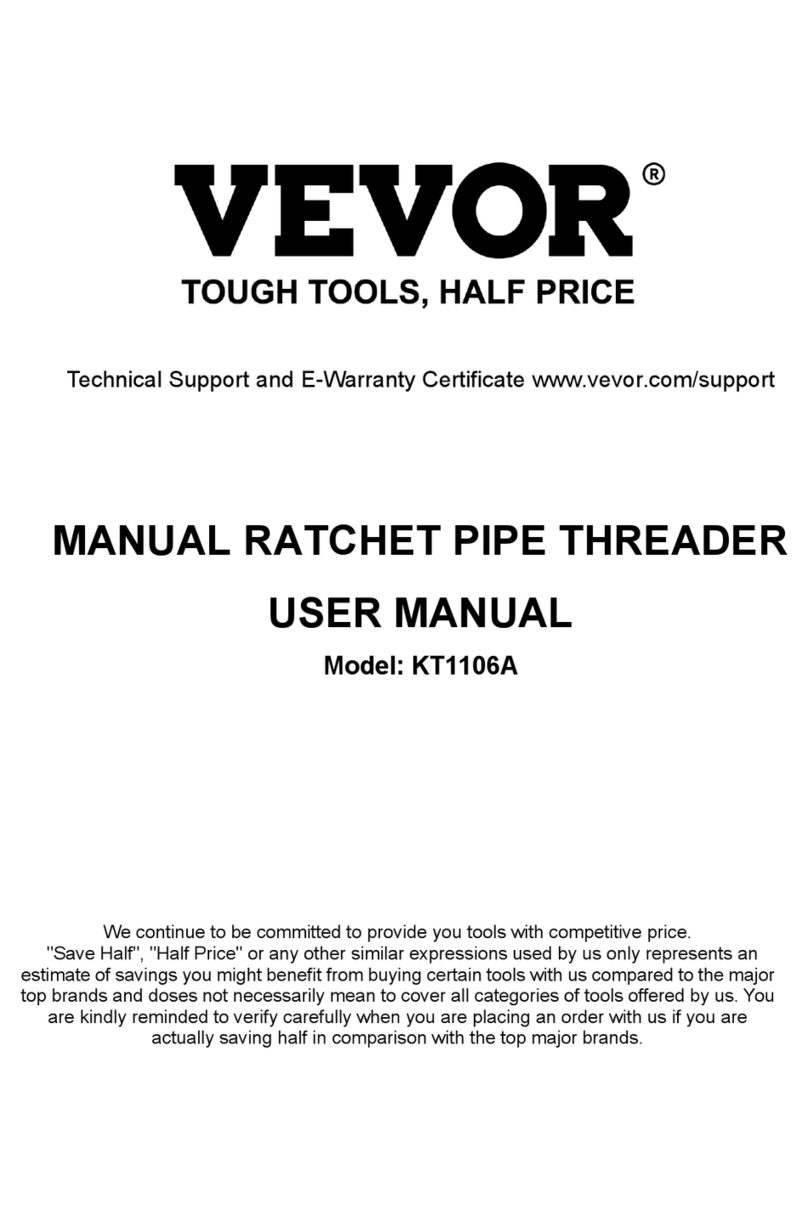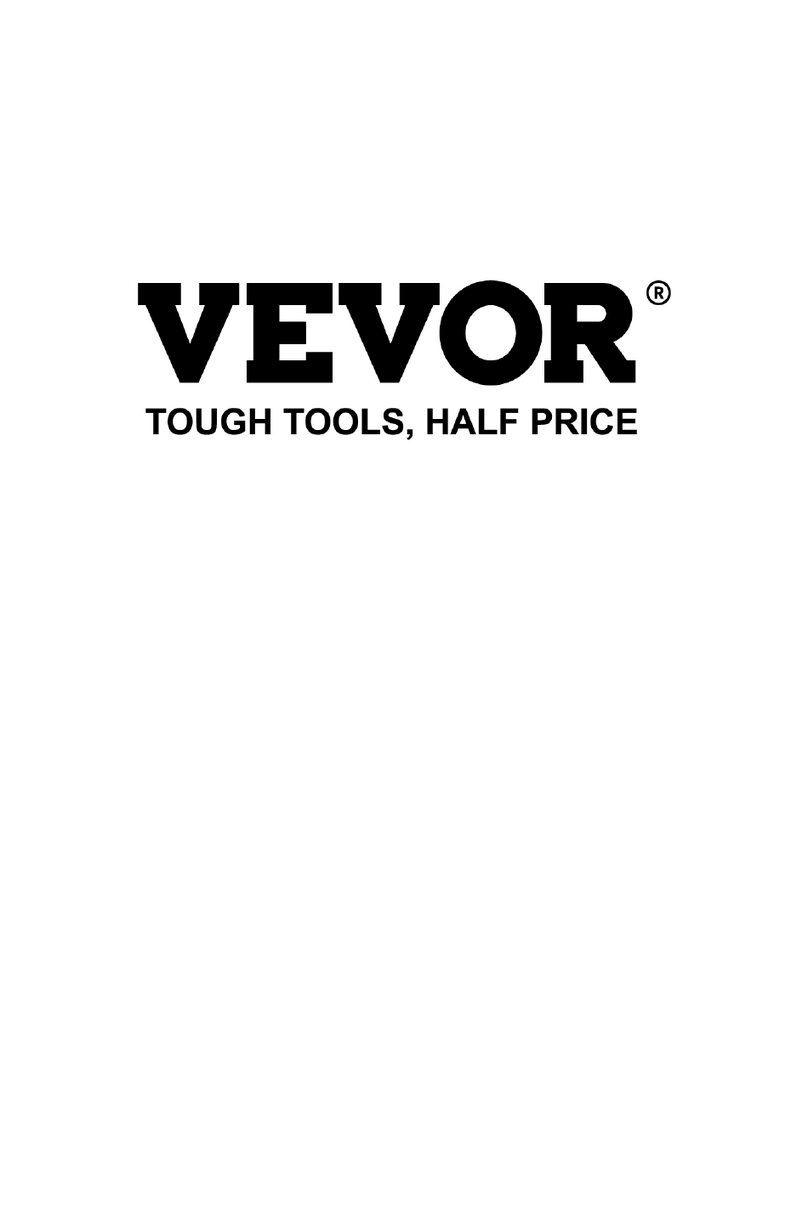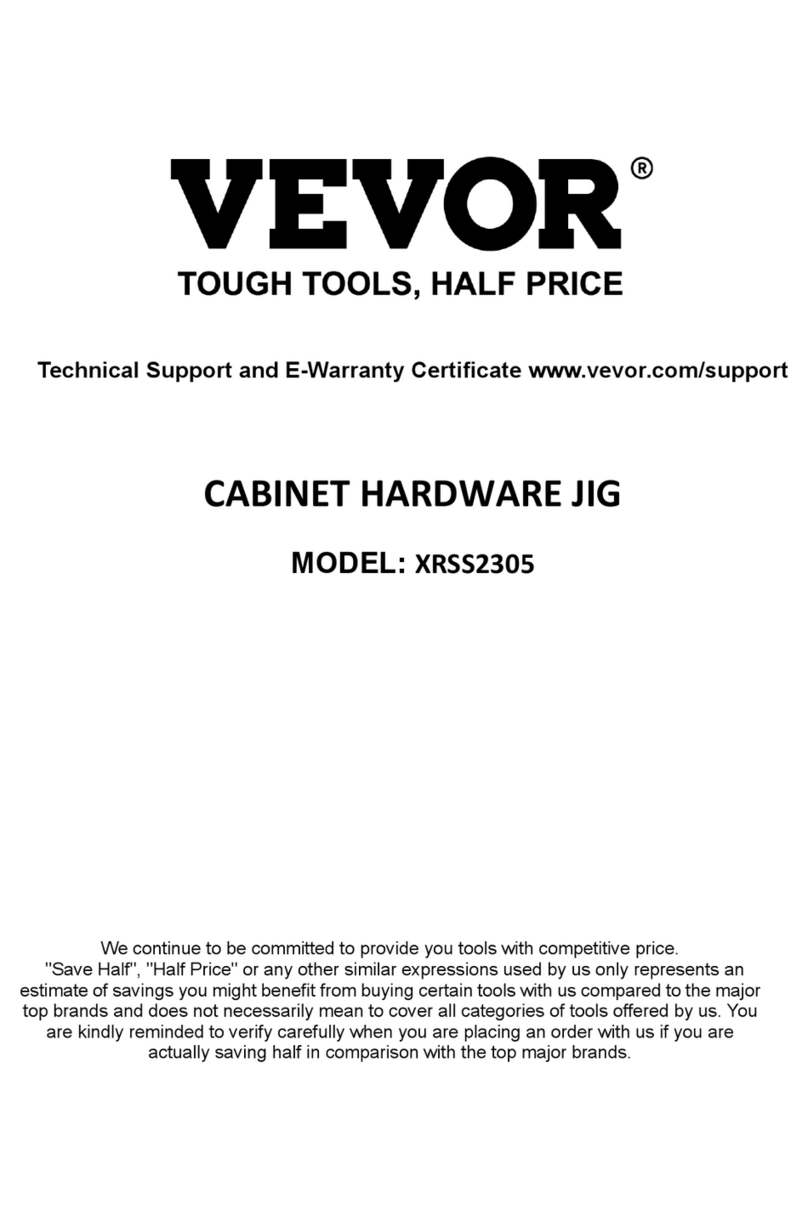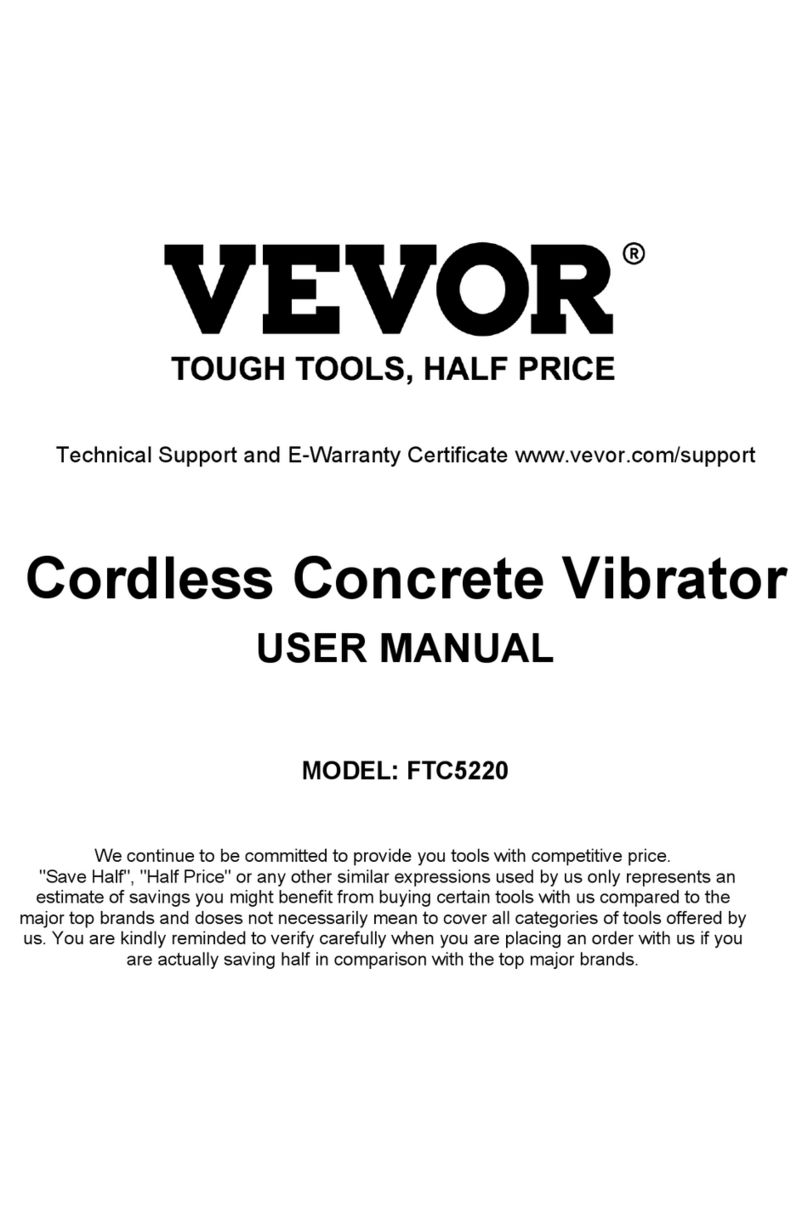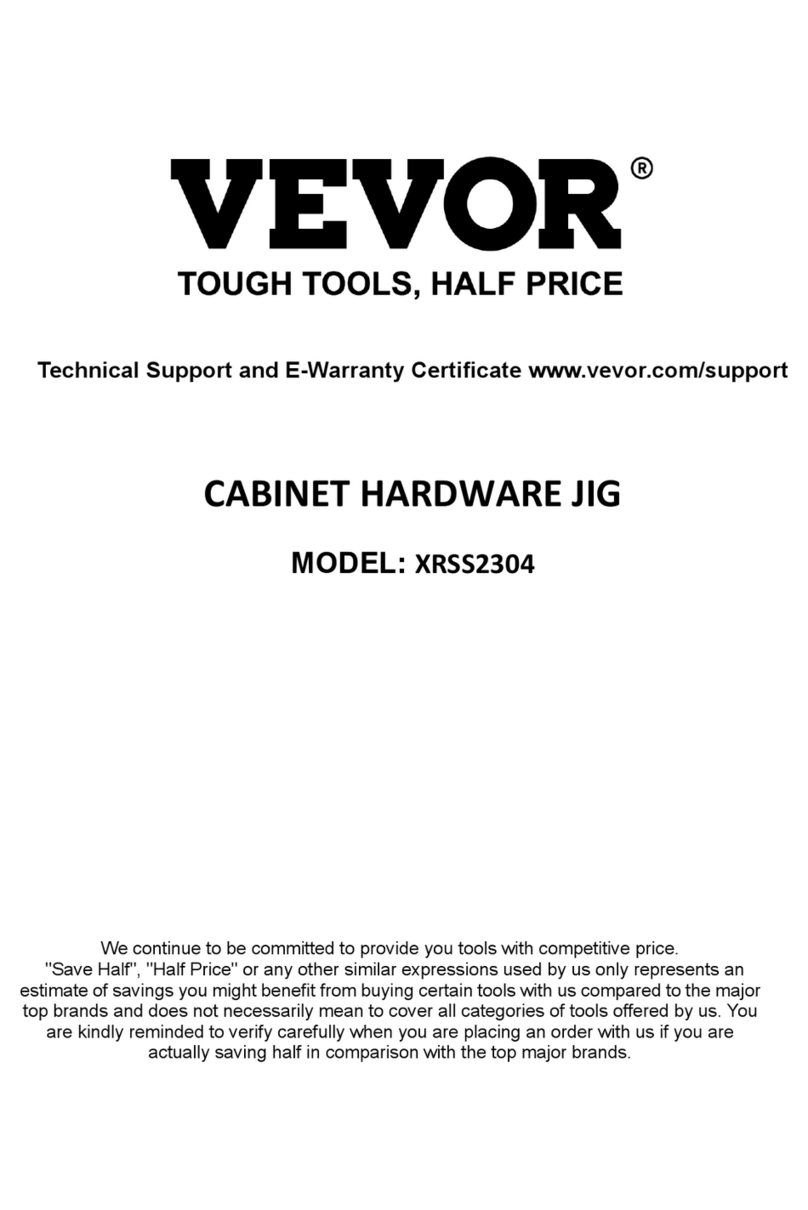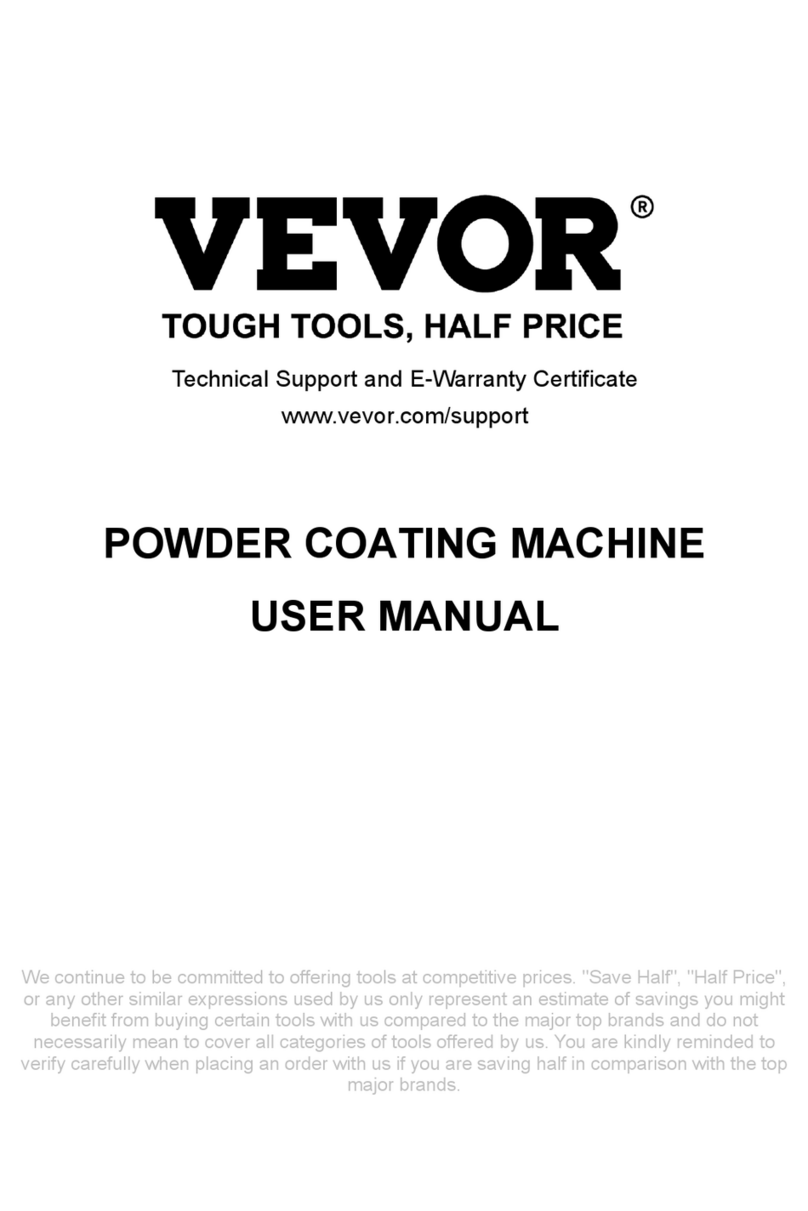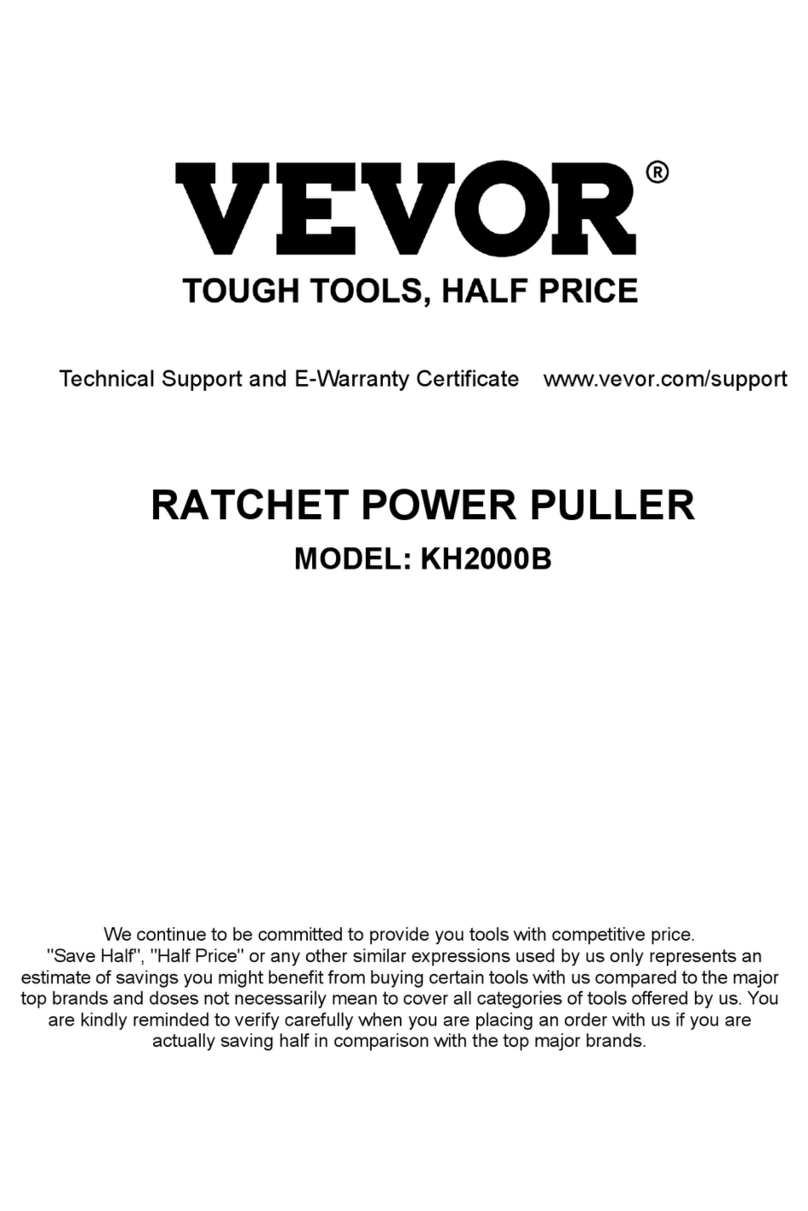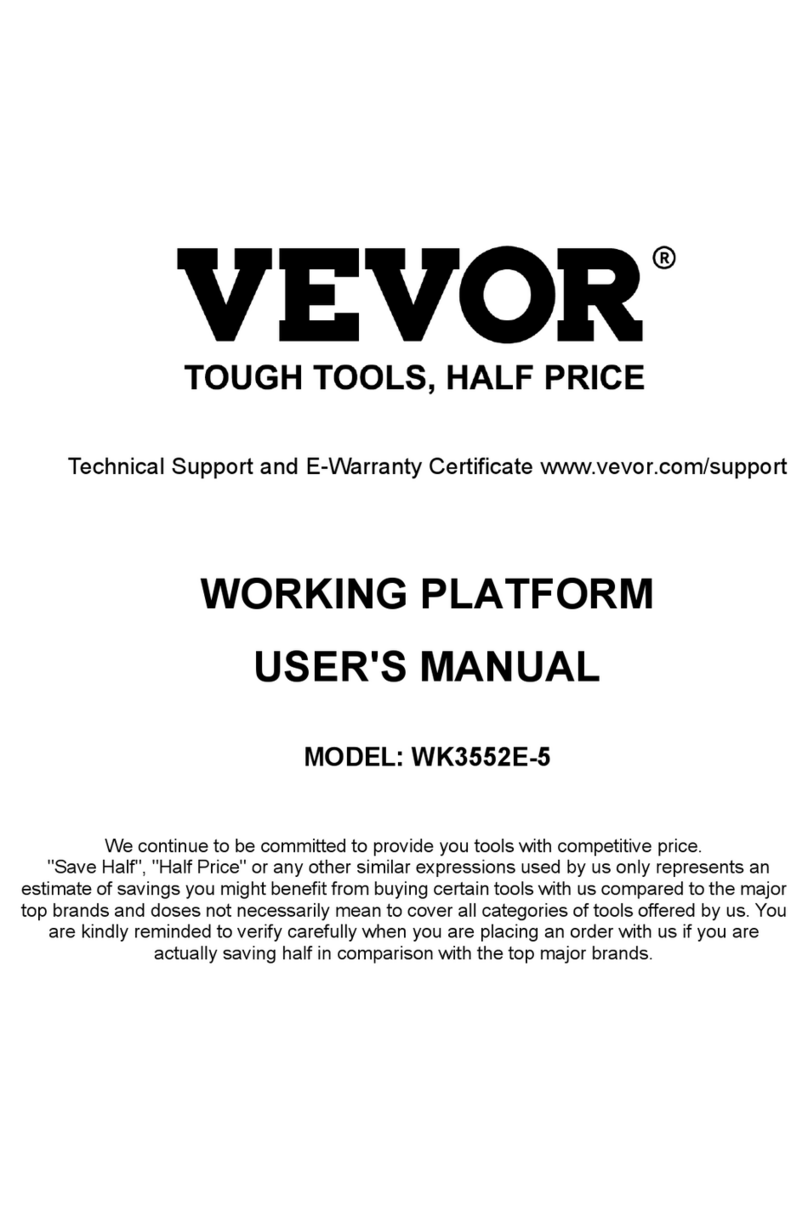
Warning
The warnings, cautions and instructions discussed in this instructions
or situations that could occur. It must be understood by the operator
that common sense and caution are factors that cannot be built into
this product, but must be supplied by the operator.
SAVE THESE INSTRUCTIONS
Thank you for purchasing 12-inch Shear/Brake/Roll machine. Before
attempting to operate your new tool please read these instructions
thoroughly. You will need these instructions for the safety warnings,
precautions, assembly, operation, maintenance procedures, parts list and
diagrams. Keep your invoice number with these instructions. Write the
invoice number on the inside of front cover. Keep the instructions and
invoice in a safe, dry place for future reference.
1. Know your machine. Read this manual carefully. Learn the machine’s
applications and limitations, as well as specific potential hazards peculiar
to it.
2. Keep work area clean and well lit. Cluttered or dark work areas invite
accidents.
3. Keep Children away. All children should be kept away from the work
area. Never let a child handle a tool without strict adult supervision.
4. Do not operate this tool if under the influence of alcohol or drugs. Read
warning labels on prescriptions to determine if your judgment or reflexes
are impaired while taking drugs. If there is any doubt, do not attempt to
operate.
5. Use safety equipment. Eye protection should always be worn when
operating this machine. Use ANSI approved safety glasses. Everyday
eyeglasses only have impact resistant lenses. They are NOT safety
glasses. Dust masks, non-skid safety shoes, hard hat, or hearing
